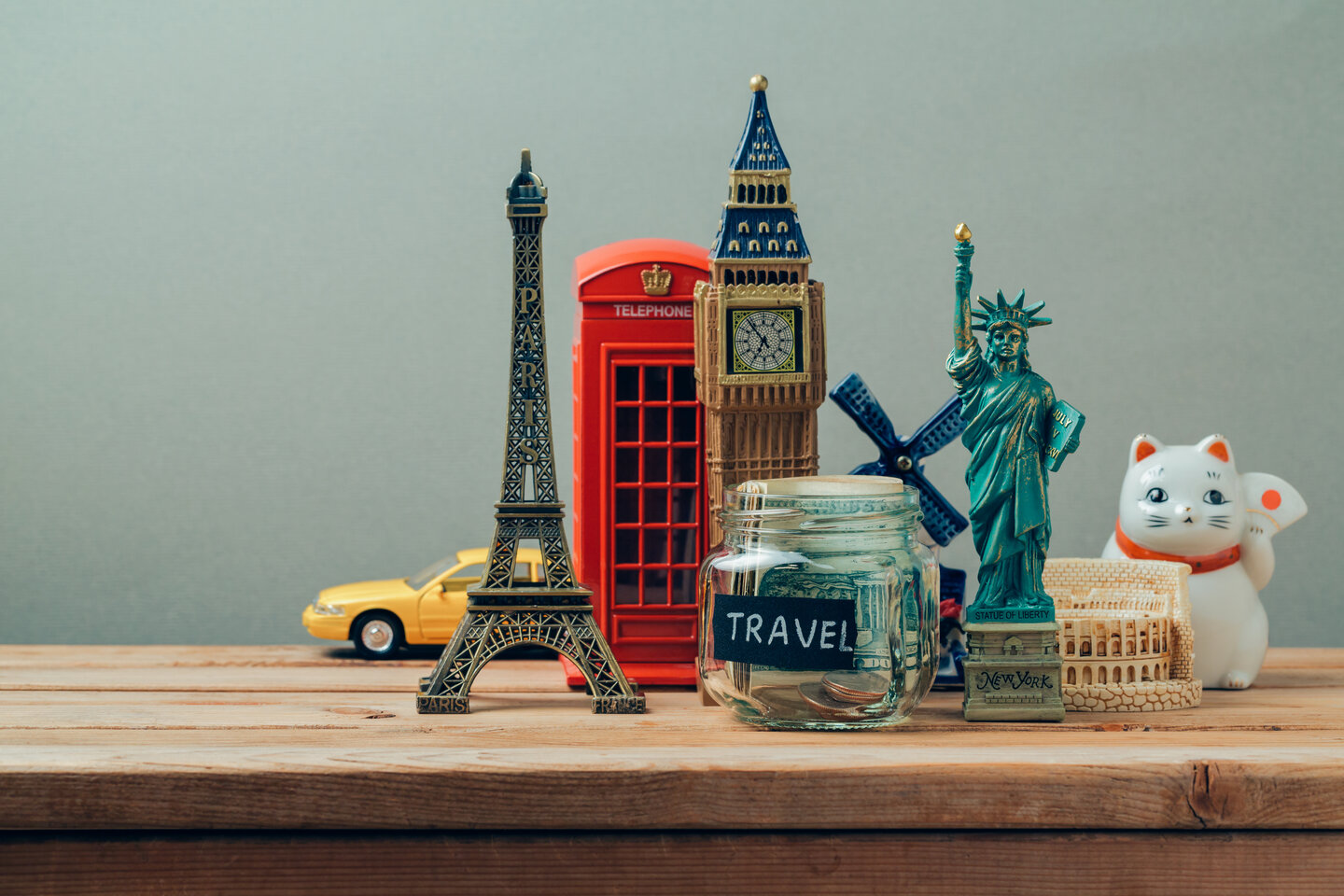In the current economic climate—marked by sustained feelings of uncertainty and price sensitivity—affordability has become a central theme in both discourse about travel destinations and actual consumer decision-making. For many travelers, value perception is a decisive factor in where they choose to go, and why they may be skipping certain destinations entirely.
According to the latest wave of Future Partners’ The State of the American Traveler study, the top response travelers give when asked how economic concerns have impacted their travel decisions is this:
“Choose more affordable destinations.”
This response surpassed others like taking fewer trips, staying closer to home, or traveling for shorter durations—clearly indicating that price sensitivity is shaping destination decisions with further intensity.
Cost as the Primary Deterrent
When asked what has kept them from traveling more than they preferred in the past six months, the number one answer was, simply, “travel is too expensive.” In fact, 48% of American travelers selected this reason—well above any other deterrent, including time constraints, personal health concerns, or logistical complications.
This concern is echoed in destination-specific perceptions. In the case of many iconic locales, affordability is a clear barrier:
- In New York City, 53% of travelers who said they were unlikely to visit in the next two years cited “too expensive” as the reason.
- Los Angeles followed closely at 51%, and Las Vegas at 49%.
- Other major cities like Orlando (48%), Miami (46%), and San Diego (45%) also topped the list of destinations seen as prohibitively expensive.
Perceived Value vs. Desirability: A Paradox
But here’s what’s interesting: even as many travelers describe destinations like New York City, Los Angeles, and Las Vegas as too expensive, these same cities continue to rank among the most appealing places to visit in the near future.
In terms of appeal:
- Despite being the destination de jour of Internet ire regarding its prices, Las Vegas was rated as an appealing place to visit in the near future by 76% of respondents–#1 across all U.S. cities tested.
- New York City came in at 75%, and San Diego at 74%.
- Even Orlando, despite being heavily criticized in online discourse for its rising costs (especially among families), still garnered 70% appeal.
This contrast suggests a value paradox: travelers still want to visit iconic, “higher-cost destinations”, but are likely increasingly deterred by the perceived lack of affordability. The emotional draw remains strong, but the rational, economic filter is one that presents an obstacle.
Who’s Winning on Value?
Destinations seen as offering the most bang for the buck occupy a different tier—perhaps less buzz-worthy, but increasingly attractive in this climate of caution.
When asked to agree with the statement “[Destination] would be an affordable place to visit” (Top 2 Box Agreement), travelers highlighted:
- San Antonio: 61%
- Dallas: 58%
- Nashville: 56%
- Denver: 55%
- New Orleans: 54%
Similarly, when rating destinations for overall value for the money, the top-performing cities included:
- San Antonio: 59%
- Dallas: 56%
- Denver: 54%
- Nashville: 53%
- New Orleans: 52%
These destinations may not dominate headlines like New York or Las Vegas, but they can command attention around perceived affordability and overall value.
What’s Next: Listening Beyond the Numbers
Recognizing the complexity behind these perceptions, Future Partners will be diving deeper into traveling consumer perceptions and destination decision-making in this environment. A new unmoderated qualitative survey is being distributed through partners to gather richer, more nuanced insights into how consumers define “value” in a travel context in order to understand:
- How experiences, accessibility, and amenities work with costs to shape the perceptions of value
- How social discourse influences broader destination reputations about affordability
- What experiences feel worth the investment to travelers right now
- What could shift a consumer’s perception of a place from “overpriced” to “worth it.”
In the end, we aim to identify how our travel industry colleagues can bridge the gap between aspiration and affordability in the minds of travelers.
For the complete set of findings, including data on your audience segments and historic brand performance of your travel brand or destination, subscribe to The State of the American Traveler Insights Explorer tool.
Learn more about the latest trends during our monthly livestream.
To make sure you receive notifications of our latest findings, you can sign up here.
Have a travel-related question idea or topic you would like to suggest we study? Let us know!
We can help you with the insights your tourism strategy needs, from audience analysis to brand health to economic impact. Please check out our full set of market research and consulting services here.


